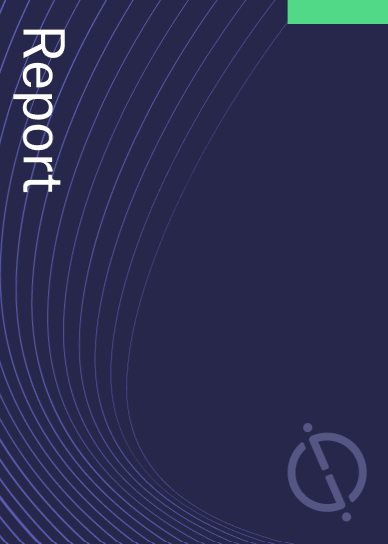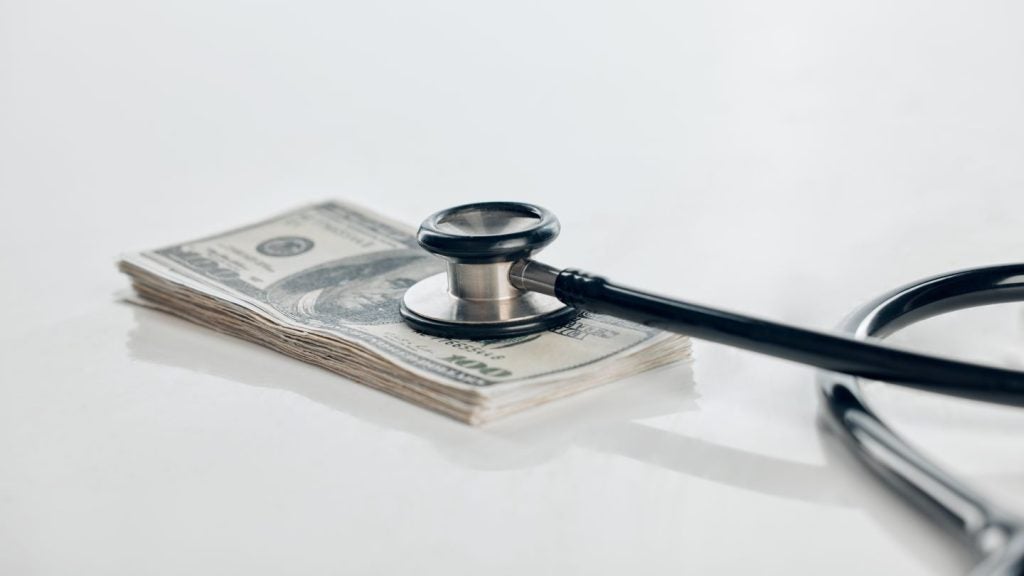The insurance industry continues to be a hotbed of innovationr. Activity is driven by growing demand for digitalisation and personalisation. With growing importance of technologies such as telematics, machine learning, big data, deep learning, and data science, insurers are overcoming demographic challenges, low penetration rates, cybercrimes and fraudulent claims. In the last three years alone, there have been over 11,000 patents filed and granted in the insurance industry, according to GlobalData’s report on Internet of Things in Insurance: Fall detection sensing alarms. Buy the report here.
According to GlobalData’s Technology Foresights, which uses over 65,000 patents to analyse innovation intensity for the insurance industry, there are 90 innovation areas that will shape the future of the industry.
Fall detection sensing alarms is a key innovation area in Internet of Things
Fall detection systems track the user’s movements using accelerometers, a class of low-power radio wave technology sensor. By spotting sudden changes in bodily movement, fall warning detectors can determine when a user has unexpectedly fallen. The device can assess a person’s posture, level of physical activity, and how smoothly their movements accelerate. The system will automatically activate an emergency fall alarm and contact emergency response workers if it decides that the user’s elements are in the danger zone and that a fall has happened.
GlobalData’s analysis also uncovers the companies at the forefront of each innovation area and assesses the potential reach and impact of their patenting activity across different applications and geographies. According to GlobalData, there are 10+ companies, spanning technology vendors, established insurance companies, and up-and-coming start-ups engaged in the development and application of fall detection sensing alarms.
Key players in fall detection sensing alarms – a disruptive innovation in the insurance industry
‘Application diversity’ measures the number of different applications identified for each relevant patent. It broadly splits companies into either ‘niche’ or ‘diversified’ innovators.
‘Geographic reach’ refers to the number of different countries each relevant patent is registered in. It reflects the breadth of geographic application intended, ranging from ‘global’ to ‘local’.
Patent volumes related to fall detection sensing alarms
| Company | Total patents (2010 - 2022) | Premium intelligence on the world's largest companies |
| State Farm Mutual Automobile Insurance | 153 | Unlock Company Profile |
| FedEx | 85 | Unlock Company Profile |
| Flex | 65 | Unlock Company Profile |
| Allstate | 30 | Unlock Company Profile |
| Ford Motor | 10 | Unlock Company Profile |
| Hartford Financial Services Group | 8 | Unlock Company Profile |
| Leonard Green & Partners | 6 | Unlock Company Profile |
| Panasonic | 5 | Unlock Company Profile |
| Travelers Companies | 5 | Unlock Company Profile |
| FloodFlash | 5 | Unlock Company Profile |
| International Business Machines | 5 | Unlock Company Profile |
Source: GlobalData Patent Analytics
Allstate is one of the leading patent filers in fall detection sensing alarms. A user is equipped with a wearable human telematic device that transmits telematic information about the user. The system incorporates at least one building or environment telematic sensor that is set up to deliver telematic information about the structure and/or immediate surroundings. The various telematic data are transmitted and processed to notify the user of a potential safety issue. Some other key patent filers in the fall detection sensing alarms industry include Leonard Green & Partners, Panasonic, Ford Motor, and Flex.
In terms of application diversity, Leonard Green & Partners leads the pack, with Panasonic and Flex in the second and third positions, respectively. By means of geographic reach, Leonard Green & Partners holds the top position, followed by FloodFlash and Panasonic.
Fitness and health tracking apps and wearable tech collect vast amounts of data in real-time, which can then be shared with developers and third parties such as insurers. Insights generated through data analytics can be used to establish an individual’s health risk, fitness level, and behaviour, as well as predict their future needs. Information collected via connected devices can help insurers predict how likely an individual is to be affected by an illness and encourage them to take preventative actions. It gives opportunities to insurers to tailor products and personalise recommendations and premiums.
To further understand the key themes and technologies disrupting the insurance industry, access GlobalData’s latest thematic research report on Insurance.
Data Insights
From

The gold standard of business intelligence.
Blending expert knowledge with cutting-edge technology, GlobalData’s unrivalled proprietary data will enable you to decode what’s happening in your market. You can make better informed decisions and gain a future-proof advantage over your competitors.







